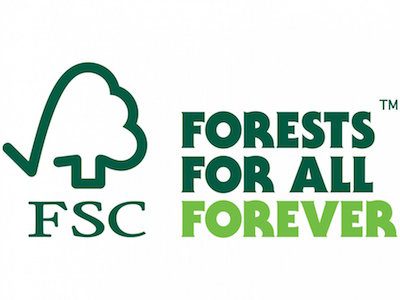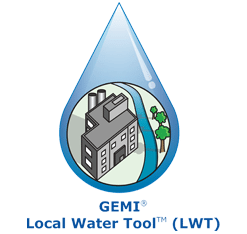Primary Functions
- Promote environmentally responsible management of the world’s forests and inform consumers if their wood is sustainably sourced by accrediting organizations that certify timber sources.
Detailed Description
It is widely accepted that forest resources and associated lands should be managed to meet the social, economic, ecological, cultural, and spiritual needs of present and future generations. Furthermore, growing public awareness of forest destruction and degradation has led consumers to demand that their purchases of wood and other forest products come from sustainable timber sourcing. In response to these demands, certification, and self-certification programs of wood products have proliferated in the marketplace.
The Forest Stewardship Council (FSC) is one international body which accredits certification organizations in order to guarantee the authenticity of their claims. Forest owners and managers who request the services of a certification organization initiate the process voluntarily. FSC’s intention is to promote environmentally responsible, socially beneficial and economically viable management of the world’s forests, by establishing a worldwide standard of recognized and respected Principles of Forest Stewardship. The FSC’s Principles and Criteria (P&C) apply to all tropical, temperate, and boreal forests. Many of these P&C apply also to plantations and partially replanted forests. More detailed standards for these and other vegetation types may be prepared at national and local levels.
Some specific goals of the principles include forest management recognizing, maintaining, and if necessary enhancing watersheds and fisheries. Additionally, written guidelines will be prepared and implemented to protect and conserve water resources, and measures will be taken to mitigate adverse impacts of construction and maintenance on water quality and quantity.





